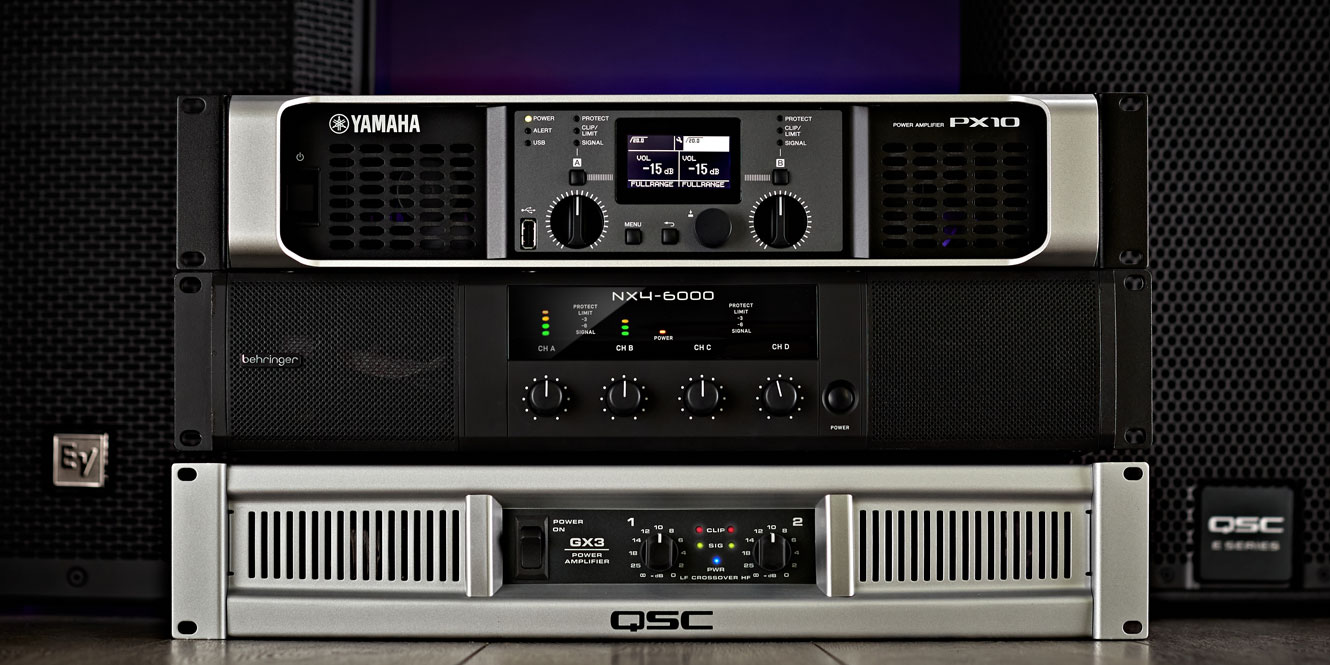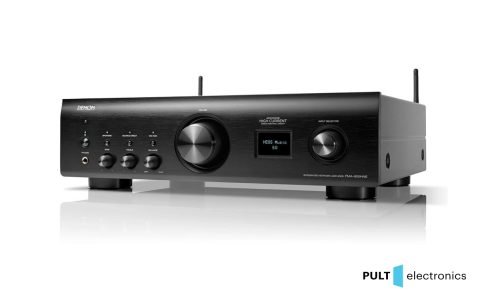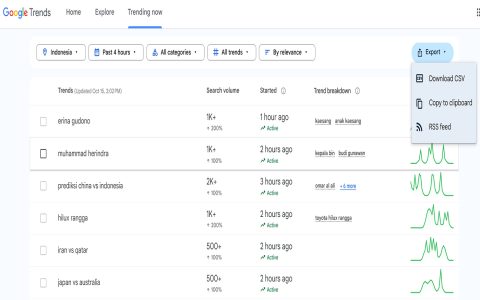Selecting the best $2000 amplifier requires a focused approach to balance performance, features, and value. At this price point, you gain access to high-fidelity components without premium costs, so prioritize specs that align with your audio setup.
Key Features to Evaluate
- Power Output and Impedance Matching: Target wattage ratings (e.g., 100-200W RMS per channel) to suit your speakers' sensitivity and room size—aim for dynamic headroom to avoid distortion at higher volumes.
- Connectivity Options: Assess inputs like RCA, XLR, optical, and digital types; verify support for Bluetooth, Wi-Fi, or streaming if multi-room audio is needed.
- Sound Quality Specifications: Ensure low THD (below 0.1%) and high SNR (over 100dB) for clarity; review frequency response for full-range accuracy (20Hz-20kHz range).
- Build and Reliability: Opt for brands with robust chassis, heat dissipation, and positive user feedback on longevity—avoid models prone to overheating or component failure.
- Additional Features: Consider DSP for custom tuning, phono inputs for vinyl, or user-friendly controls like auto on/off to enhance convenience without noise interference.
Effective Comparison Strategies
Streamline your decision by comparing amplifiers methodically:
- Compile specs into a simple spreadsheet or table focusing on power, inputs, and critical metrics—this highlights differences in value.
- Seek unbiased professional reviews for objective performance insights, emphasizing lab tests over subjective opinions.
- Analyze user reports to identify real-world issues like hum or compatibility quirks with your speakers or sources.
- Test in-person if feasible, paying attention to distortion at your typical listening levels—budget for accessories like cables to avoid bottlenecks.
Emphasize your specific needs, such as home theater vs. stereo use, to narrow options efficiently and secure an amplifier that maximizes investment and sonic fidelity.








